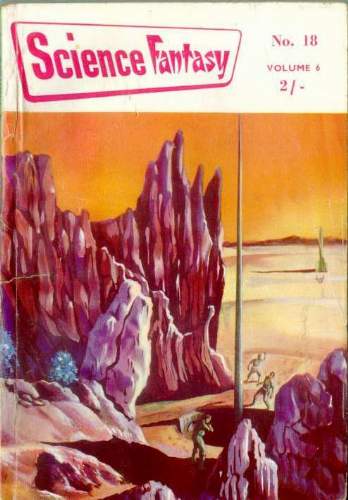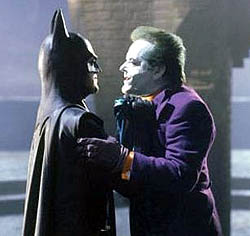How to Succeed in Hollywood without really Acting
Inspirational Insider Secrets to Achieving your Potential
Peter Skagen
Poubelle Publishing
When I grabbed this book, it was titled "Story and Craft" and promised to talk about writing as well as acting. The new title is catchier if potentially more controversial, no doubt. But it lives up to most of its promises. It promises "insider secrets" that are both inspirational and practical. It delivers with the kind of advice I prefer: no-nonsense, straight talk.
 One example was to be who you are, who you look like. It would seem terrible to be typecast, but Skagen celebrates it. That's your look, what you're good at. Just develop it. My instinct would mirror the actor who says, "I'm an actor. I should be able to do any role." He suggests to revel in the roles that look right. It got me to pondering the writer's role, the typecasting that goes on when a writer writes one kind of material yet finds roadblocks when he tries to write another. Maybe we don't have to be trapped in one type of writing yet celebrate what people love about our work. I'm thinking of, say, Sir Arthur Conan Doyle trying to get out of writing about Sherlock Holmes, for instance.
One example was to be who you are, who you look like. It would seem terrible to be typecast, but Skagen celebrates it. That's your look, what you're good at. Just develop it. My instinct would mirror the actor who says, "I'm an actor. I should be able to do any role." He suggests to revel in the roles that look right. It got me to pondering the writer's role, the typecasting that goes on when a writer writes one kind of material yet finds roadblocks when he tries to write another. Maybe we don't have to be trapped in one type of writing yet celebrate what people love about our work. I'm thinking of, say, Sir Arthur Conan Doyle trying to get out of writing about Sherlock Holmes, for instance.What I wanted to see in this volume was writing from an actor's perspective. While his thoughts on scriptwriting shed no new light, his analysis of a brief segment of a script should enlighten writers. Actors have to gather character emotions, subtext, and background even from an excerpt. An actor (or reader) should ferret out motives, making it easier for actors to memorize lines. How many writers can claim that ability? It was a fascinating process, worth studying in depth.
Most of the advice, though, is for the actor. Once he laid out the reasoning, it seemed common sense. One would do well to apply his advice on jobs and in interviews. The acting world has developed its own culture with its own customs that outsiders wanting to take part in will have to learn. Should you shake hands with people you meet? How do you react to your competitors? How do you react if the person you're reading with shows no emotion at all? Skagen sketches out specific scenarios that can throw off your acting game and how to avoid them.
Although it is a book bent on guiding the actor through auditions and behavior on the set, writers will have much to glean from here. If you're looking to write about actors and/or Hollywood, one could do worse than to start here, with good and bad examples of actor types. Actors, though, will want to study this book, reading and rereading.






